Home>Home Appliances>Laundry Appliances>What To Do With A Broken Washing Machine
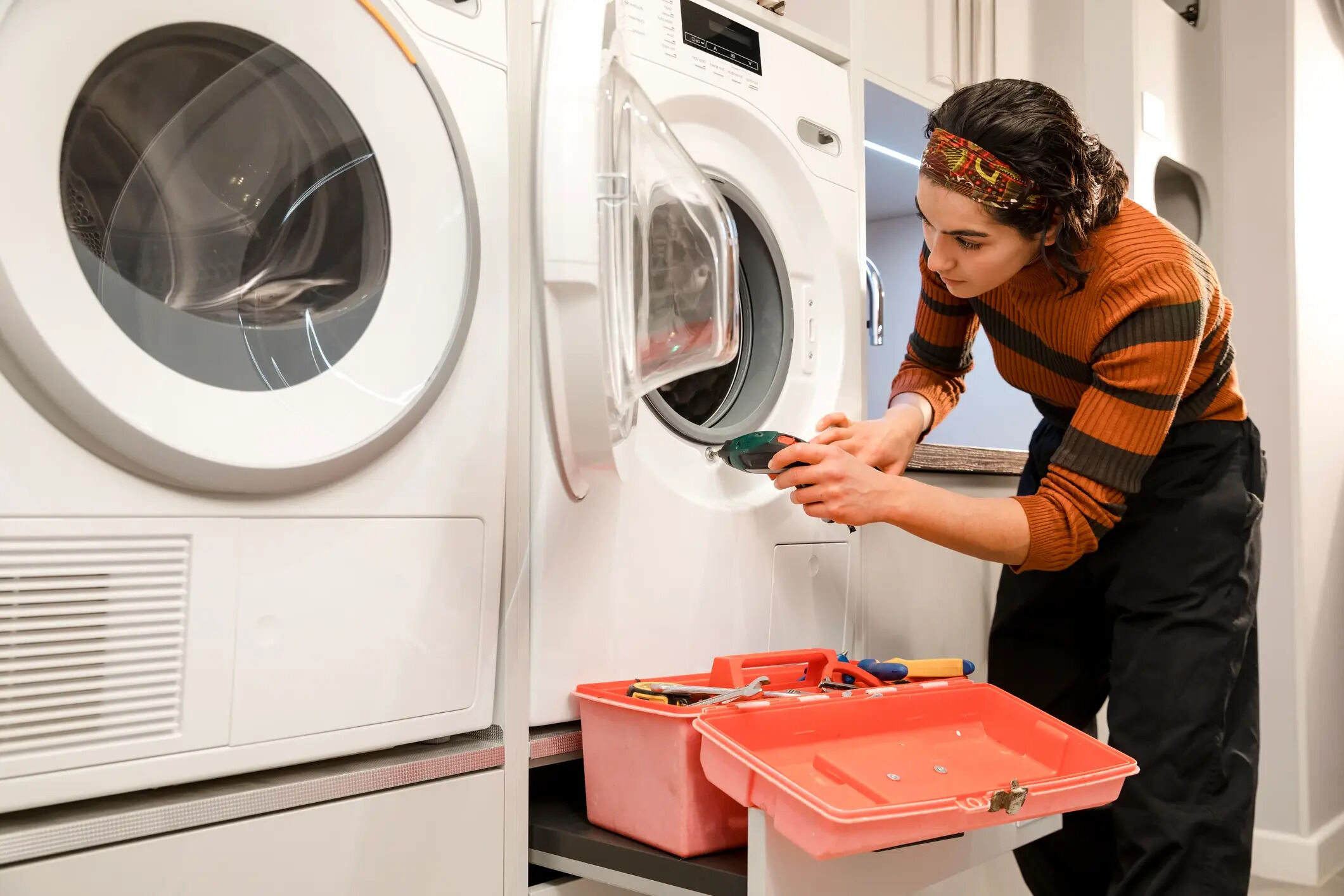

Laundry Appliances
What To Do With A Broken Washing Machine
Published: February 21, 2024
Discover the best solutions for dealing with a broken washing machine and get your laundry appliances back in working order. Explore expert tips and advice for managing this common household issue.
(Many of the links in this article redirect to a specific reviewed product. Your purchase of these products through affiliate links helps to generate commission for Storables.com, at no extra cost. Learn more)
Signs of a Broken Washing Machine
A washing machine is a vital appliance in any household, and when it starts to malfunction, it can disrupt the smooth flow of daily life. Recognizing the signs of a broken washing machine is crucial in addressing the issue promptly and effectively. Here are some common indicators that your washing machine may be in need of attention:
-
Excessive Noise: If your washing machine is producing unusually loud or strange noises during its operation, such as banging, clanking, or grinding, it could be a sign of a problem. These noises may indicate issues with the drum, bearings, or motor, and should not be ignored.
-
Leakage: Discovering water pooling around your washing machine is a clear indication of a potential problem. Leaks can stem from various sources, including damaged hoses, worn-out seals, or a malfunctioning water inlet valve. Addressing leaks promptly is essential to prevent water damage to the surrounding area and to avoid further complications with the machine.
-
Failure to Fill or Drain: If your washing machine is unable to fill with water or struggles to drain properly, it may be experiencing issues with the water inlet valve, drain pump, or clogged hoses. These issues can disrupt the washing cycle and result in inefficient cleaning of the laundry.
-
Unpleasant Odors: Foul or musty odors emanating from the washing machine, particularly after a completed cycle, can be indicative of mold or mildew growth within the appliance. This can occur due to moisture retention in the drum or detergent compartment, and it may require thorough cleaning and maintenance to resolve.
-
Vibration and Movement: Excessive vibration or movement of the washing machine during operation can be a sign of an imbalance or issues with the leveling of the appliance. This can lead to further damage to the machine and may impact its overall performance.
-
Electrical Issues: If the washing machine experiences frequent power surges, tripped circuits, or sudden shutdowns during operation, it may indicate electrical problems within the appliance that require professional attention.
By being attentive to these signs of a broken washing machine, you can take proactive measures to address the issues promptly. Identifying and addressing these issues early can help prevent further damage to the appliance and ensure the continued efficiency of your laundry routine.
Key Takeaways:
- Signs of a Broken Washing Machine
Listen for strange noises, check for leaks, and watch out for electrical issues. Addressing these signs early can prevent further damage and keep your laundry routine running smoothly. - Troubleshooting and Replacing a Broken Washing Machine
Troubleshoot by checking power and water supply, and cleaning filters. When replacing, assess the old machine, research new options, and ensure proper installation for a seamless transition.
Read more: What To Do If Washing Machine Overflows
Troubleshooting a Broken Washing Machine
When faced with a malfunctioning washing machine, troubleshooting the issue can help identify the root cause and potentially resolve the problem without the need for professional intervention. Here are some steps to troubleshoot a broken washing machine:
-
Check Power Supply: Ensure that the washing machine is properly plugged in and that the power outlet is functioning. Sometimes, a loose connection or a tripped circuit breaker can disrupt the power supply to the appliance.
-
Inspect Water Supply: Verify that the water supply valves connected to the washing machine are fully open and that the hoses are not kinked or clogged. Inadequate water supply can hinder the proper functioning of the machine.
-
Examine Drainage: Inspect the drainage system for any clogs or obstructions. A clogged drain hose or pump can prevent the washing machine from draining properly, leading to water retention and potential damage.
-
Balance the Load: Unevenly distributed laundry can cause the washing machine to vibrate excessively during the spin cycle. Reorganize the load to ensure balanced distribution within the drum.
-
Clean Filters and Dispensers: Accumulated debris and residue in the washing machine's filters and detergent dispensers can impede its performance. Regularly clean these components to maintain optimal functionality.
-
Run Diagnostic Tests: Many modern washing machines are equipped with diagnostic modes that can help identify specific issues. Refer to the appliance's manual for instructions on running diagnostic tests.
-
Inspect Seals and Hoses: Check for any signs of wear or damage on the door seals and hoses. Damaged seals can lead to leaks, while worn-out hoses may compromise the water supply or drainage.
-
Reset the Machine: In some cases, resetting the washing machine by unplugging it for a few minutes and then plugging it back in can resolve minor electronic glitches.
By systematically troubleshooting these potential issues, you may be able to identify and resolve the problem affecting your washing machine. However, if the problem persists or if you are uncertain about performing these troubleshooting steps, it is advisable to seek professional assistance to prevent further damage to the appliance.
Repairing a Broken Washing Machine
Repairing a broken washing machine can be a cost-effective and practical solution to restore the functionality of the appliance. However, it is essential to approach the repair process methodically and with a clear understanding of the potential issues that may be affecting the machine. Here are the key steps involved in repairing a broken washing machine:
-
Diagnosis of the Problem: Before initiating any repair work, it is crucial to accurately diagnose the underlying issue affecting the washing machine. This may involve a thorough inspection of the appliance to identify specific components or systems that are malfunctioning. Common problems that may require repair include issues with the motor, drum, water inlet valve, drain pump, or electronic control board.
-
Gathering the Necessary Tools and Parts: Once the problem has been identified, gather the appropriate tools and, if necessary, replacement parts required for the repair. This may include wrenches, screwdrivers, pliers, and specific components such as belts, hoses, or electronic modules. Ensuring that the correct parts are obtained is essential for a successful repair.
-
Safety Precautions: Prior to commencing any repair work, it is important to observe safety precautions to prevent accidents or injuries. This includes disconnecting the washing machine from the power supply and, if applicable, shutting off the water supply to the appliance. Additionally, wearing protective gear, such as gloves and safety goggles, can help safeguard against potential hazards.
-
Disassembly and Inspection: Carefully disassemble the relevant components of the washing machine to access the area requiring repair. This may involve removing the outer panels, accessing the internal mechanisms, and inspecting the condition of the affected parts. Thoroughly examine the components for signs of wear, damage, or malfunction.
-
Repair or Replacement of Components: Depending on the nature of the problem, repair or replacement of the faulty components may be necessary. This could involve tasks such as replacing a worn-out belt, repairing a damaged hose, or installing a new motor or control module. Adhering to the manufacturer's guidelines and utilizing compatible replacement parts is crucial for the effectiveness and safety of the repair.
-
Reassembly and Testing: Once the necessary repairs have been completed, reassemble the washing machine, ensuring that all components are securely fastened and aligned. Subsequently, conduct a thorough testing of the appliance to verify that the repairs have successfully addressed the initial issue. This may involve running a test cycle to assess the functionality of the machine.
-
Professional Assistance: In cases where the repair tasks involve complex or technical aspects, or if there is uncertainty regarding the repair process, seeking the expertise of a professional appliance repair technician is advisable. Professional technicians possess the knowledge, experience, and specialized tools to effectively diagnose and repair a wide range of washing machine issues.
By following these steps and exercising diligence throughout the repair process, it is possible to address various problems affecting a broken washing machine. However, if the repair tasks exceed one's expertise or if the appliance continues to exhibit issues, consulting a qualified technician can provide the necessary expertise to restore the washing machine to optimal working condition.
Replacing a Broken Washing Machine
When a washing machine reaches a point where repairs are no longer a viable solution or the cost of repair outweighs the value of the appliance, the option of replacing the machine becomes a practical consideration. The process of replacing a broken washing machine involves several key steps to ensure a smooth transition and the successful integration of the new appliance into the household.
Assessment of the Existing Machine
Before proceeding with the replacement, it is essential to assess the condition of the existing washing machine thoroughly. Evaluate the nature and extent of the issues affecting the appliance, considering factors such as age, overall functionality, and the frequency of previous repairs. This assessment provides valuable insight into whether replacement is the most prudent course of action.
Read more: What Do Washing Machine Symbols Mean
Research and Selection
Researching and selecting a new washing machine that aligns with the household's specific requirements is a critical aspect of the replacement process. Consider factors such as capacity, energy efficiency, available features, and budgetary considerations. Additionally, explore reputable brands and models known for reliability and performance to make an informed decision.
Removal of the Old Machine
Once a new washing machine has been selected, the next step involves the removal of the old appliance. This typically entails disconnecting the existing machine from the power supply and water sources, and carefully maneuvering it out of its current location. It is important to exercise caution during this process to prevent damage to the surrounding area and ensure the safe removal of the old machine.
Installation of the New Machine
The installation of the new washing machine necessitates attention to detail and adherence to the manufacturer's guidelines. This involves positioning the appliance in the designated space, connecting it to the power source and water supply, and ensuring that all necessary components, such as hoses and drainage systems, are properly configured. Following the installation instructions meticulously is crucial to the optimal performance and longevity of the new washing machine.
Disposal of the Old Appliance
Disposing of the old washing machine responsibly is an integral part of the replacement process. Depending on local regulations and recycling options, the old appliance can be transported to a designated recycling facility or arranged for pick-up by waste management services. Proper disposal contributes to environmental sustainability and compliance with waste management standards.
Testing and Calibration
After the new washing machine has been installed, it is essential to conduct thorough testing and calibration to verify its functionality. This includes running test cycles, checking for leaks, and ensuring that all features and settings operate as intended. Addressing any installation-related issues promptly can help optimize the performance of the new appliance.
Professional Assistance
In situations where the installation process presents challenges or if there is uncertainty regarding the proper installation of the new washing machine, seeking the assistance of professional appliance installers is advisable. Professional installers possess the expertise and experience to ensure the seamless integration of the new appliance into the household.
By following these steps and approaching the replacement process systematically, the transition from a broken washing machine to a new, reliable appliance can be accomplished with efficiency and confidence. The replacement of a washing machine represents an opportunity to enhance the efficiency and convenience of the household's laundry routine while ensuring the continued reliability of this essential appliance.
Frequently Asked Questions about What To Do With A Broken Washing Machine
Was this page helpful?
At Storables.com, we guarantee accurate and reliable information. Our content, validated by Expert Board Contributors, is crafted following stringent Editorial Policies. We're committed to providing you with well-researched, expert-backed insights for all your informational needs.

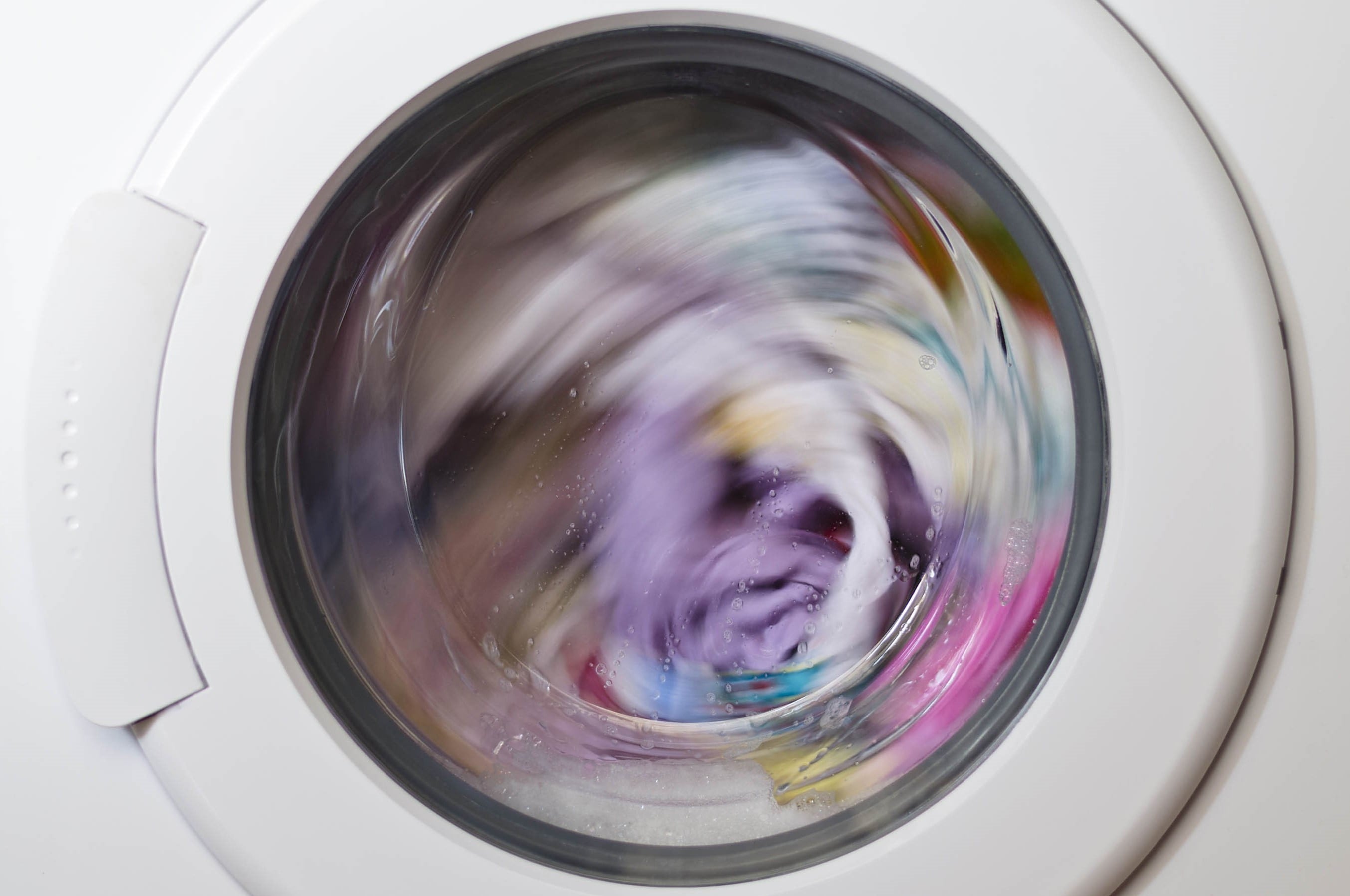
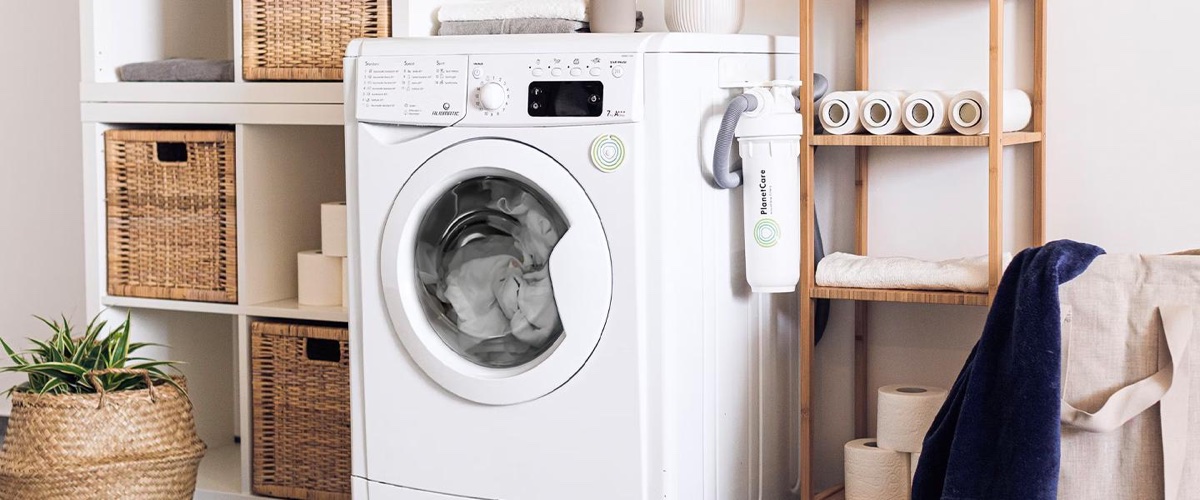
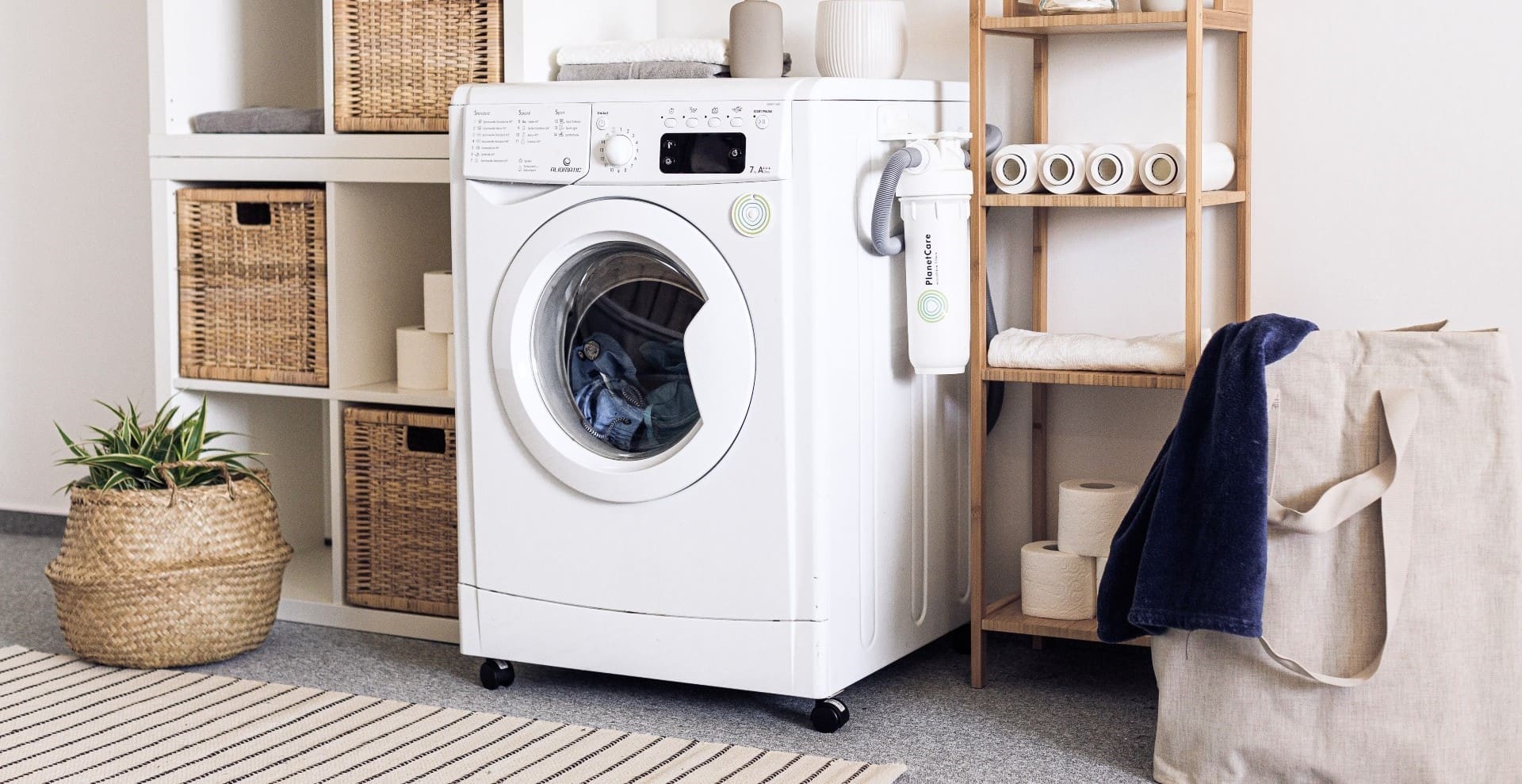
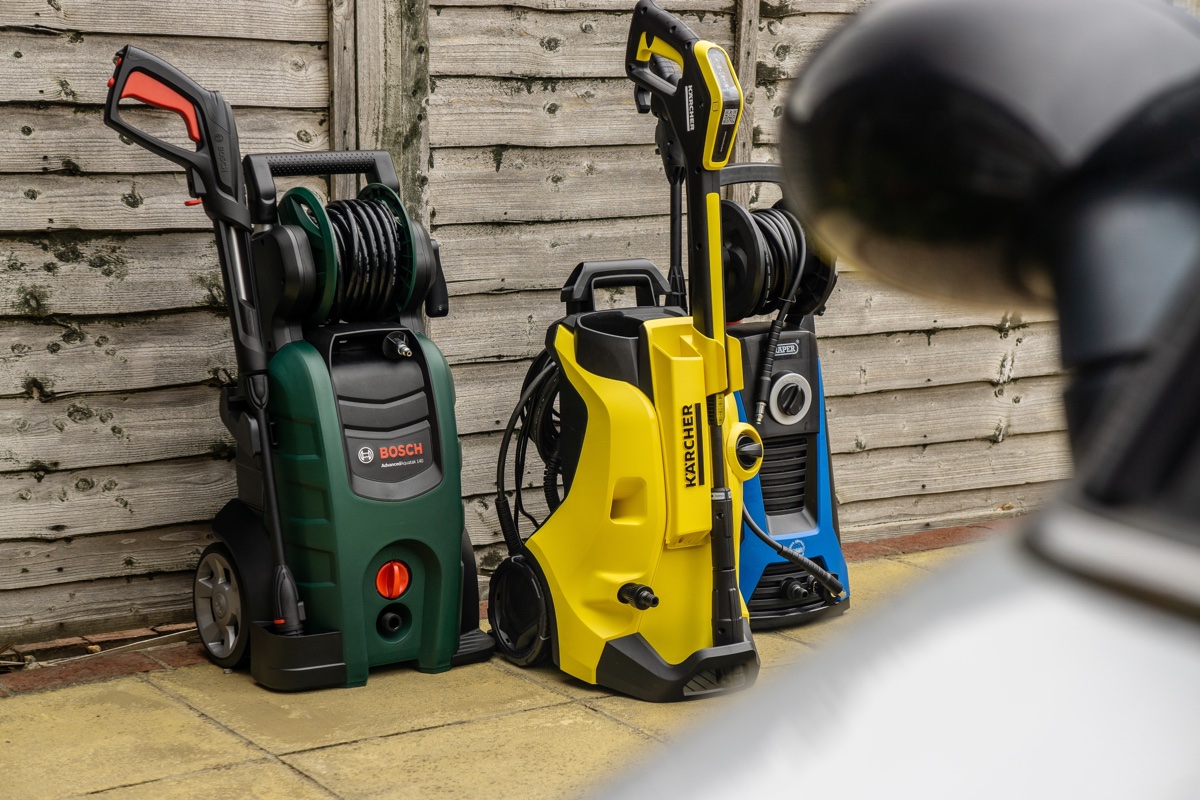
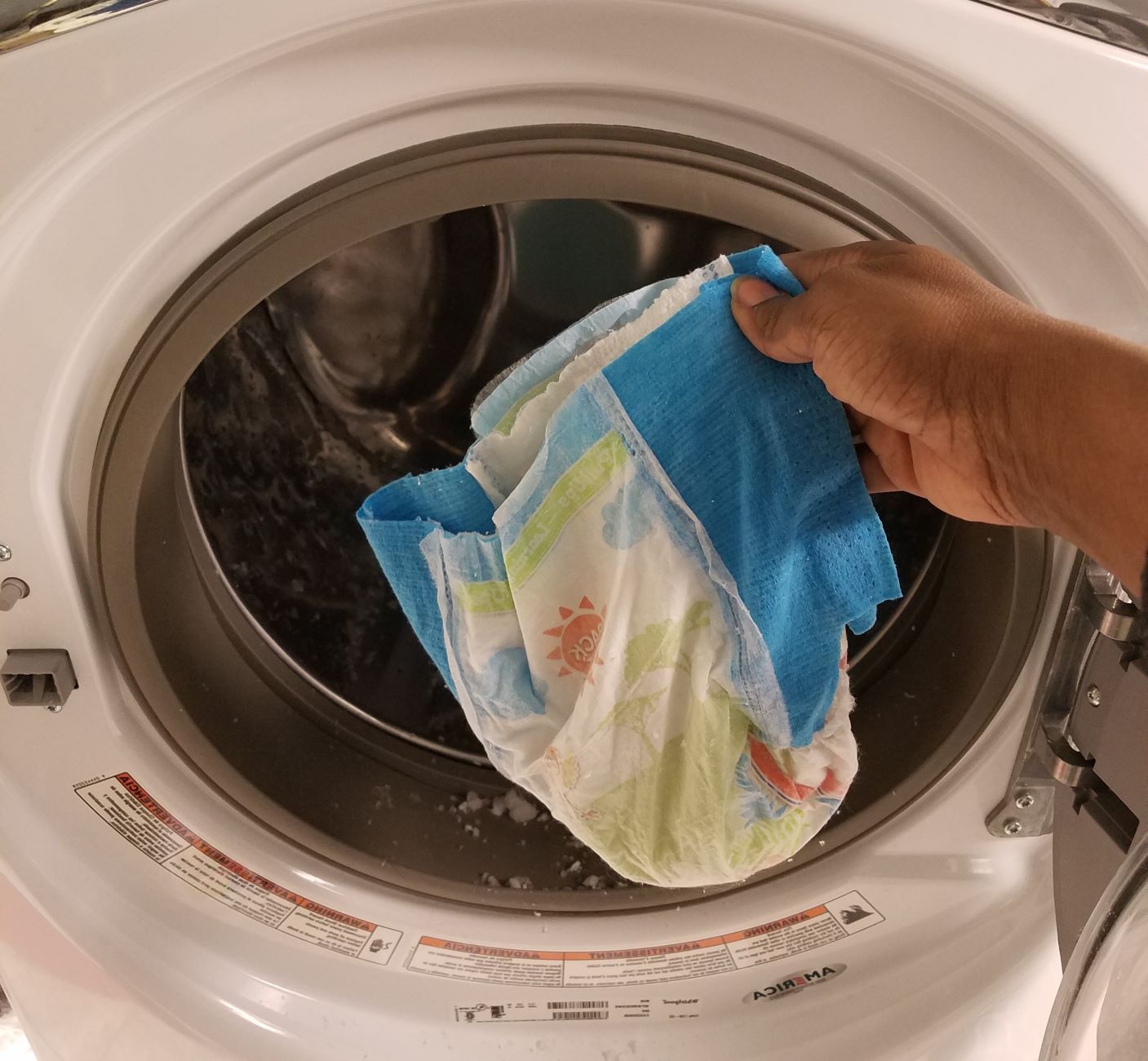
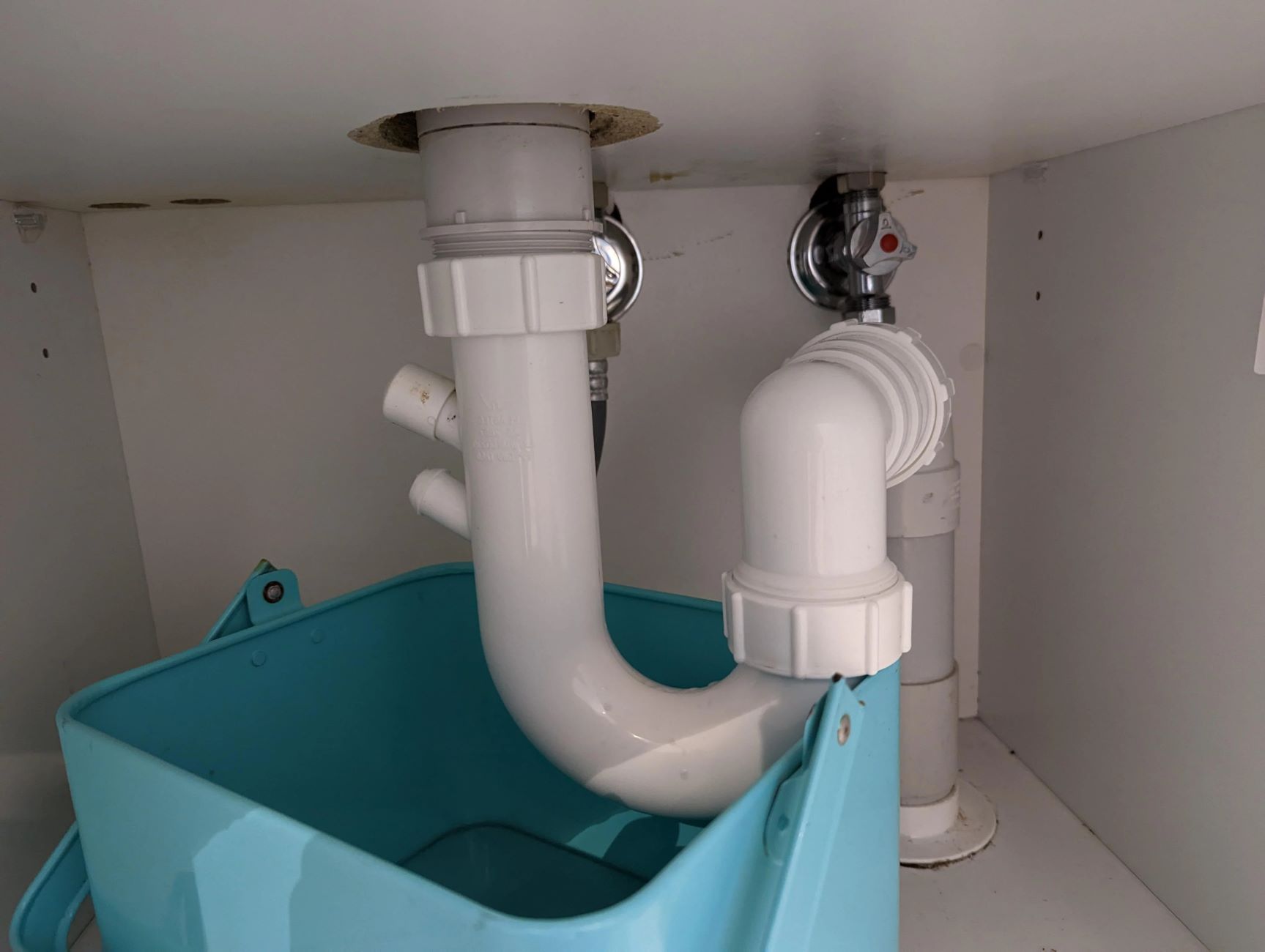
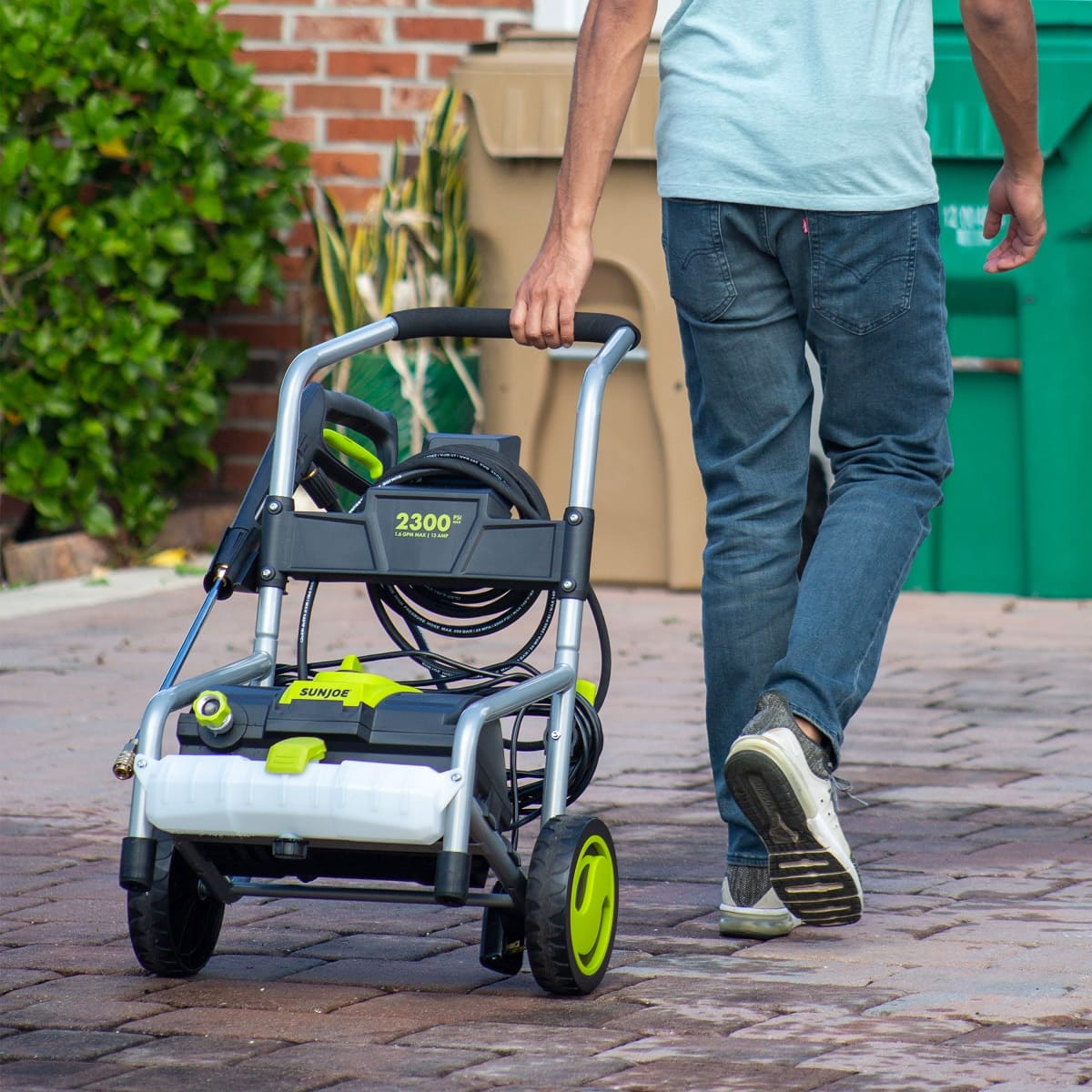
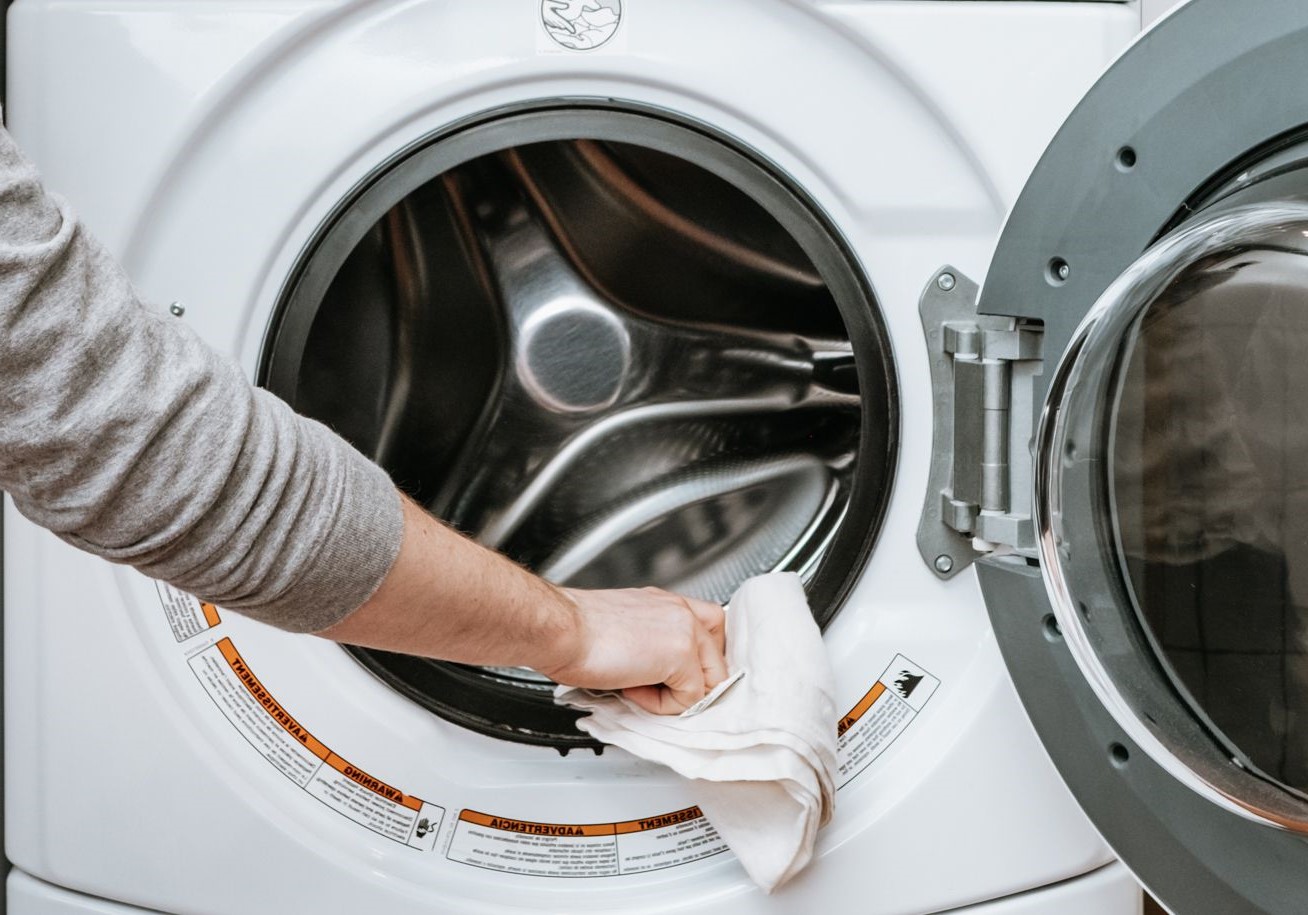
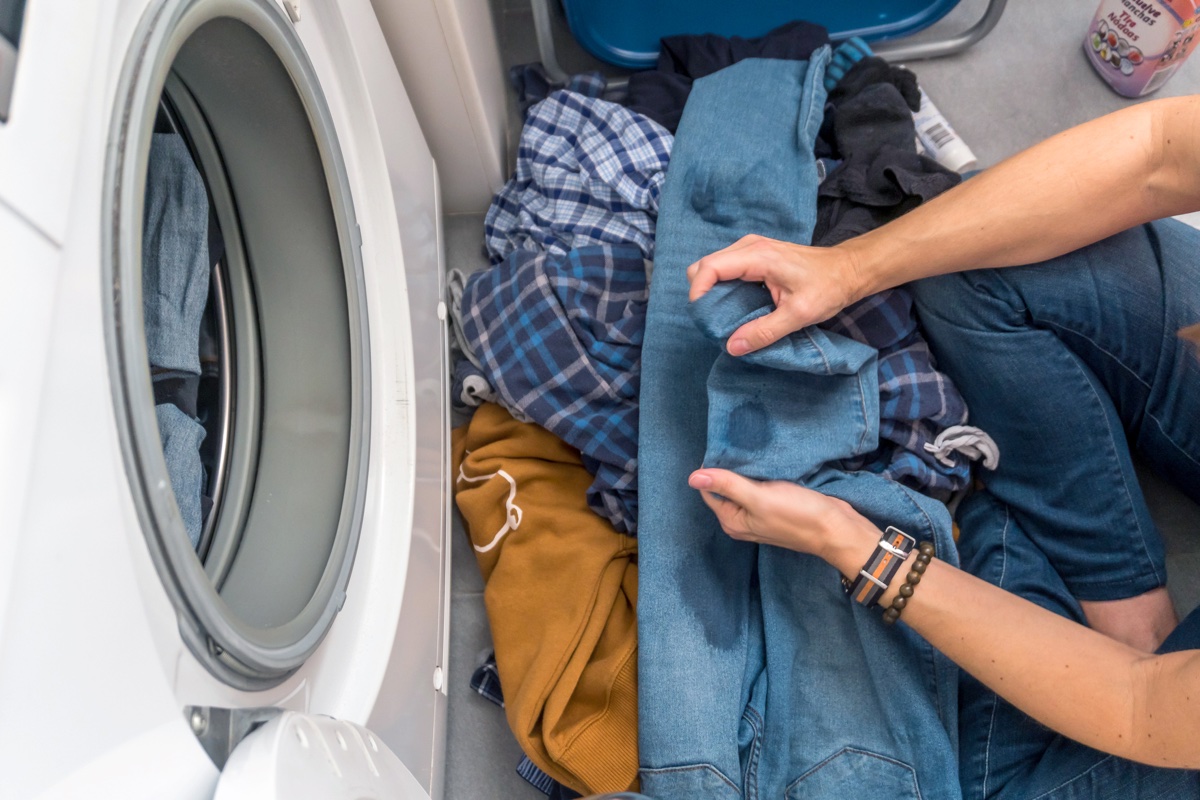
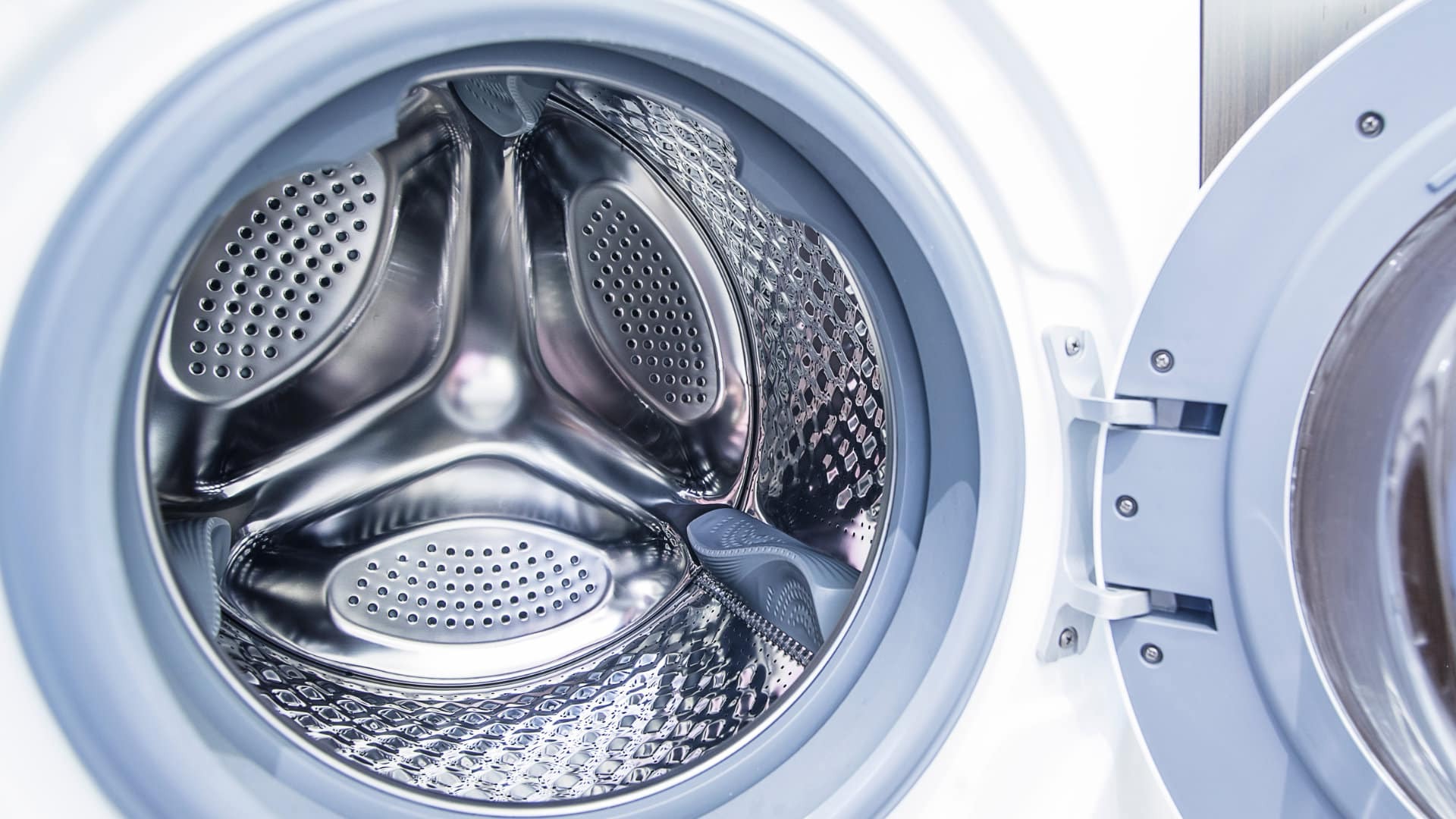
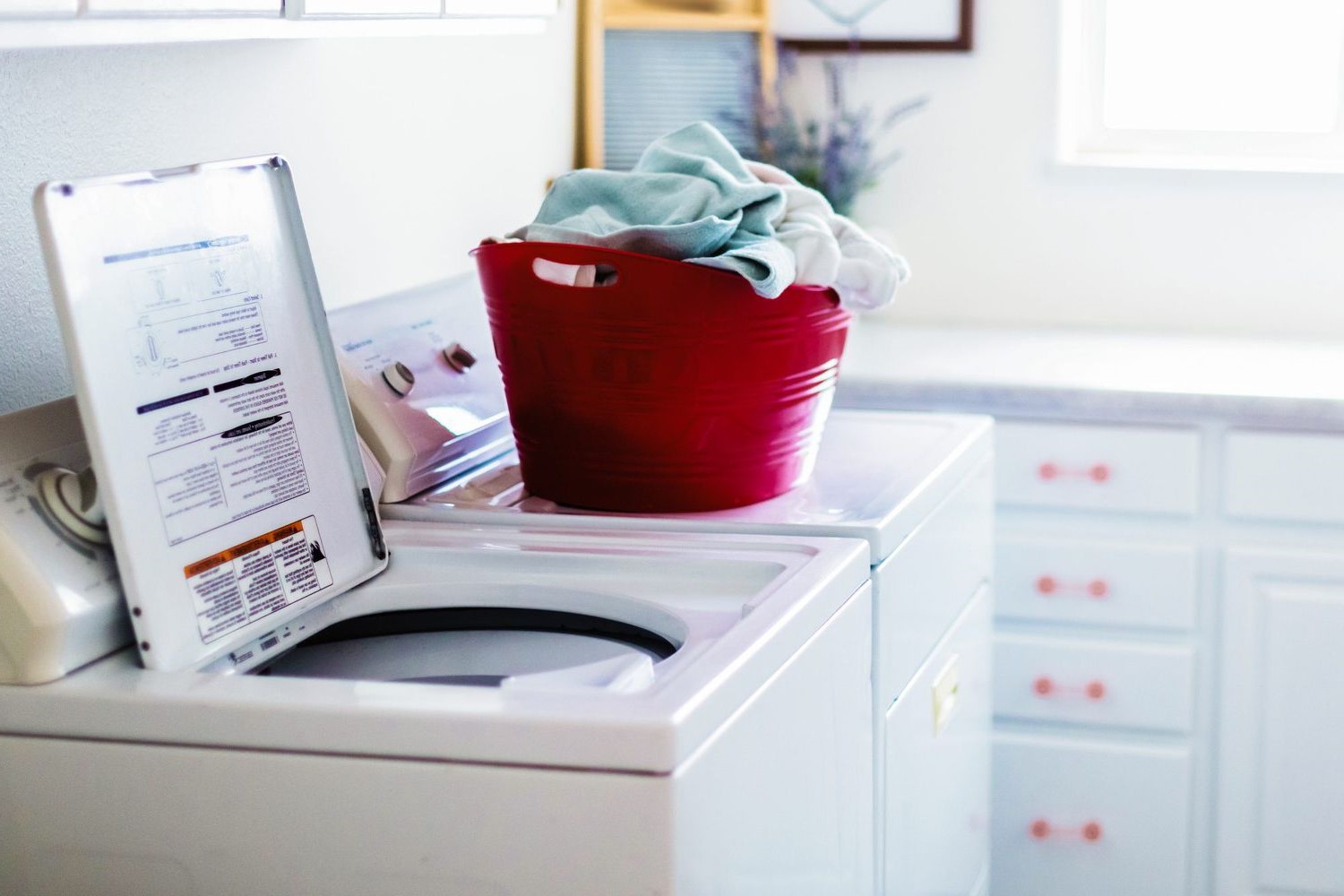


0 thoughts on “What To Do With A Broken Washing Machine”